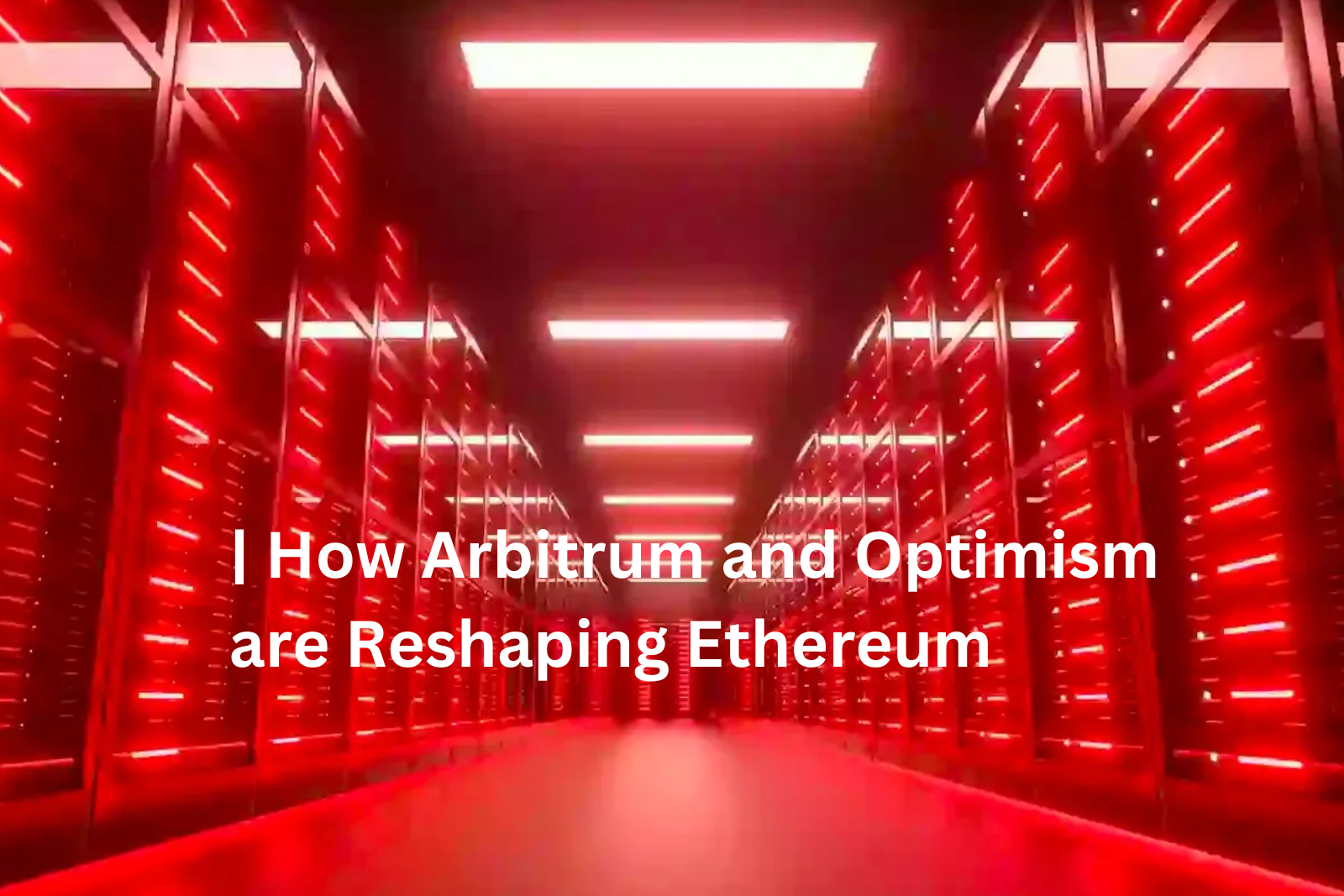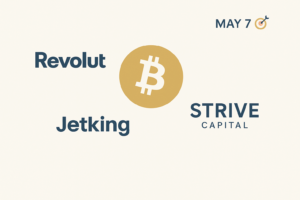
Ethereum, the world’s leading smart contract platform, has faced significant scalability challenges due to its high gas fees and network congestion. As demand for decentralized applications (dApps) and decentralized finance (DeFi) grows, Layer 2 (L2) scaling solutions like Arbitrum and Optimism have emerged as vital innovations to enhance Ethereum’s efficiency.
These solutions offer lower transaction costs, faster processing times, and improved user experiences while maintaining Ethereum’s security and decentralization.
This article explores the role of Layer 2 solutions, the technology behind Arbitrum and Optimism, and the future of Ethereum’s scalability.
Understanding Layer 2 Solutions
Layer 2 solutions operate on top of the Ethereum mainnet (Layer 1) to process transactions off-chain before settling them back onto the main blockchain. By offloading a significant portion of computation and data storage, L2 solutions reduce network congestion and transaction costs.
There are several types of L2 solutions, including Rollups, State Channels, and Plasma, with Rollups being the most widely adopted due to their efficiency and security guarantees.
What Are Rollups?
Rollups aggregate multiple transactions into a single batch before submitting them to the Ethereum mainnet. They inherit Ethereum’s security while providing greater scalability. Rollups are categorized into:
- Optimistic Rollups – Assume transactions are valid by default but allow fraud proofs to challenge fraudulent ones.
- Zero-Knowledge (ZK) Rollups – Use cryptographic proofs to instantly verify transaction validity without requiring dispute resolution.
Arbitrum and Optimism are two leading Optimistic Rollups revolutionizing Ethereum’s scalability.
Arbitrum: Enhancing Ethereum Scalability
Arbitrum, developed by Offchain Labs, is one of the most prominent L2 solutions. It enhances Ethereum’s throughput by executing smart contracts off-chain while ensuring security via Optimistic Rollup technology.
Key Features of Arbitrum:
- Reduced Gas Fees – Transactions on Arbitrum cost significantly less than on Ethereum’s mainnet.
- EVM Compatibility – Developers can deploy Ethereum smart contracts with minimal modifications.
- Robust Security – Arbitrum leverages Ethereum’s security while allowing validators to dispute fraudulent transactions.
- Growing Ecosystem – Popular DeFi protocols like Uniswap, Aave, and SushiSwap have integrated with Arbitrum.
By offering a seamless and cost-effective scaling solution, Arbitrum has attracted widespread adoption across the crypto space.
Optimism: Speeding Up Ethereum Transactions
Optimism, another leading L2 solution, also utilizes Optimistic Rollups to enhance Ethereum’s scalability. Unlike Arbitrum, Optimism employs a simplified design to optimize transaction execution speed.
Key Features of Optimism:
- Cost Efficiency – Users experience significantly lower gas fees compared to Ethereum.
- Fast Transactions – Transactions are settled quickly, improving DeFi and dApp usability.
- EVM Equivalence – Full compatibility with Ethereum allows seamless deployment of smart contracts.
- Retroactive Public Goods Funding (RPGF) – Optimism reinvests fees into open-source projects to benefit the Ethereum ecosystem.
Optimism’s unique approach to funding public goods makes it a community-driven solution, fostering long-term sustainability.
Comparing Arbitrum and Optimism
Both Arbitrum and Optimism provide significant advantages over Ethereum’s Layer 1, but they have differences in execution:
| Feature | Arbitrum | Optimism |
|---|---|---|
| Transaction Costs | Lower | Low |
| Fraud Proof Mechanism | Multi-Round Dispute | Single-Round Challenge |
| Adoption & Ecosystem | Larger | Growing |
| Governance Model | Decentralized | Community-Driven |
While both solutions are instrumental in Ethereum’s scalability, Arbitrum has seen broader adoption, while Optimism focuses on fostering a sustainable ecosystem.
The Future of Layer 2 Scaling Solutions
The evolution of Layer 2 solutions like Arbitrum and Optimism signifies a promising future for Ethereum’s scalability. Key developments to watch include:
- Further Adoption & Integration – More DeFi platforms, NFT marketplaces, and enterprise applications are likely to integrate L2 solutions.
- Ethereum 2.0 & L2 Synergy – While Ethereum’s transition to Proof-of-Stake (PoS) with Ethereum 2.0 improves scalability, L2 solutions will remain essential for mass adoption.
- Interoperability Among L2s – Bridges between L2 solutions will enable seamless asset transfers, fostering a more connected blockchain ecosystem.
- Improved User Experience – Simplified onboarding, wallet integrations, and gas abstraction will enhance accessibility for mainstream users.
Conclusion
Layer 2 solutions like Arbitrum and Optimism are critical to Ethereum’s future, offering scalable and cost-effective alternatives while preserving security and decentralization. As these technologies mature, they will pave the way for mass adoption, enabling Ethereum to fulfill its vision as the backbone of decentralized applications.
The rise of Layer 2 solutions marks a transformative phase in blockchain evolution, ensuring that Ethereum remains competitive, efficient, and ready for the next generation of decentralized innovation.











I don’t think the title of your article matches the content lol. Just kidding, mainly because I had some doubts after reading the article.